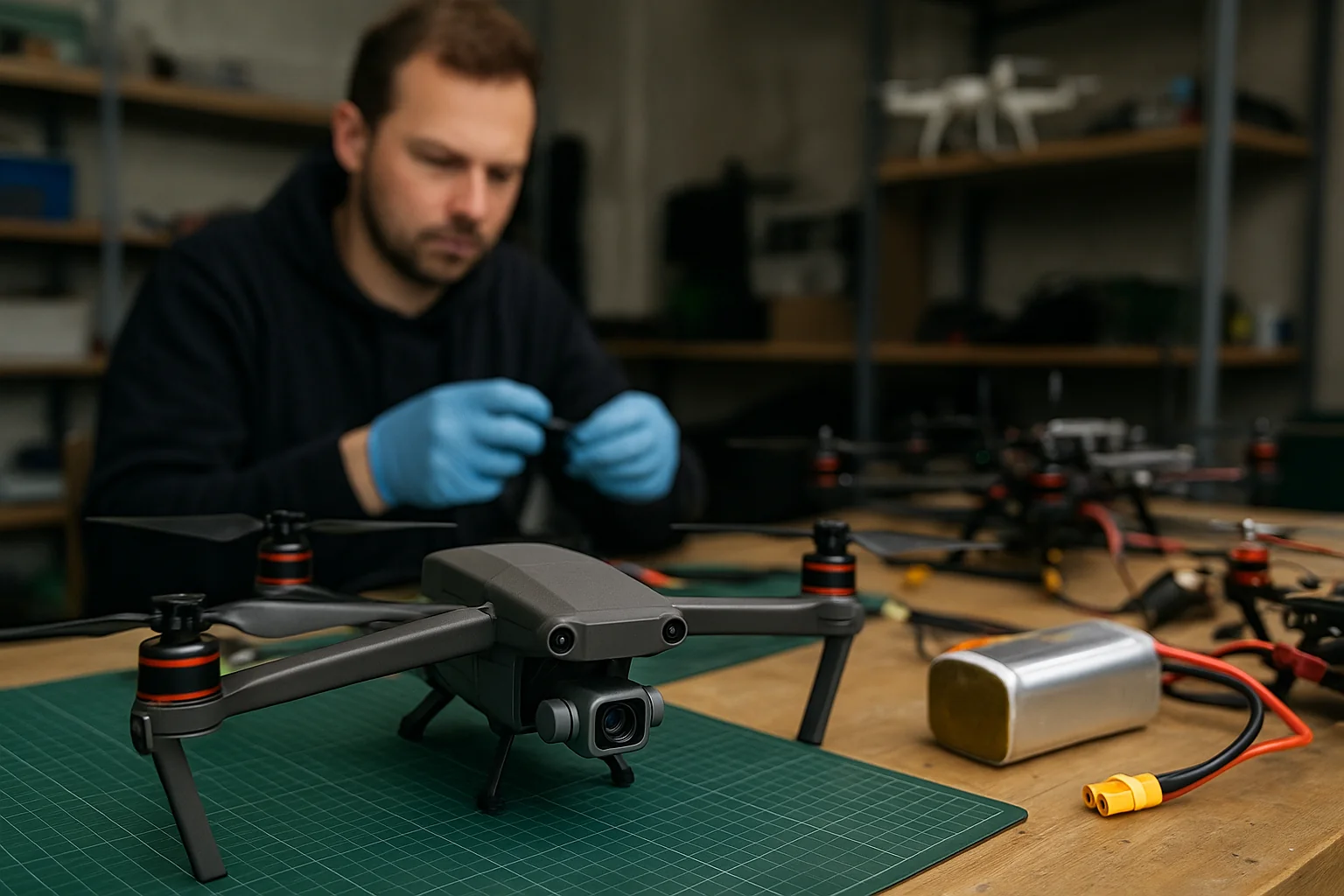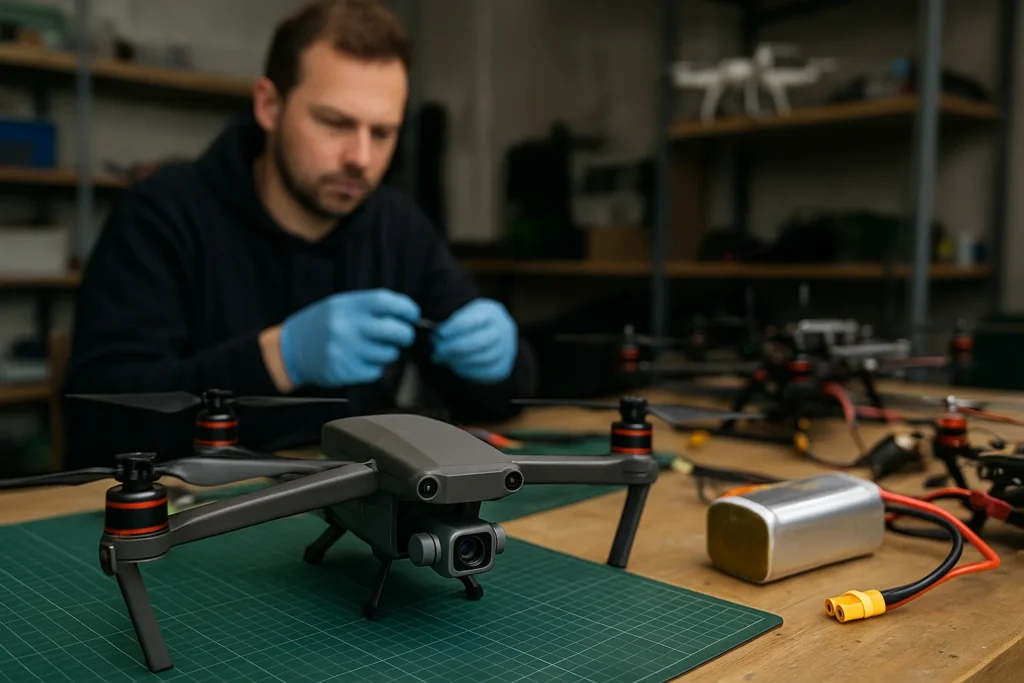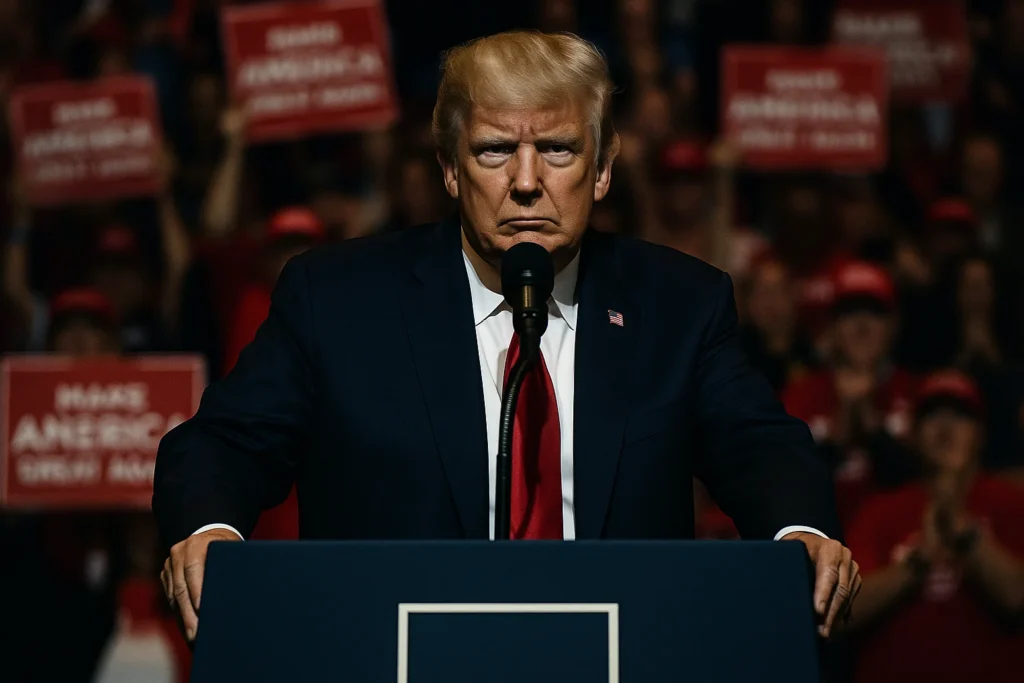Beijing’s Hidden Offensive
China drone export ban Ukraine has become the quiet front of a new geopolitical war. Beijing’s tightening of export controls on small electric motors, high-density lithium batteries, and flight controllers is not a bureaucratic act — it’s a calculated strike at Ukraine’s most vital technological advantage. What China presents as “dual-use regulation” is in reality an export blockade aimed at strangling Kyiv’s drone industry. For two years, Ukrainian engineers transformed consumer components into battlefield weapons. Cheap motors from Shenzhen powered loitering munitions, while off-the-shelf flight controllers guided reconnaissance missions that changed the course of the war.
Now, those same parts are trapped in Chinese customs. Orders that once cleared in a week face endless “security reviews.” Baltic intermediaries who supplied Ukraine report sudden restrictions. The result: Ukraine’s drone production — once its most innovative defense tool — is being starved by policies crafted in Beijing. The China drone export ban Ukraine is not symbolic. It’s a weapon made of red tape.
The Mask of Neutrality
Beijing insists its actions are neutral. Officials repeat that export restrictions merely align with international non-proliferation norms. Yet neutrality collapses under evidence. The same China that blocks batteries for Ukraine allows identical components to flow into Russia through Kazakhstan, Kyrgyzstan and Armenia. The logistics tell the truth: what Beijing forbids for Kyiv, it tolerates for Moscow.
It’s the perfect act of plausible deniability. Chinese customs halt drone shipments to Ukraine while “industrial equipment” labeled as cooling motors continues to cross into Russia. The hypocrisy is surgical. Beijing avoids direct violation of sanctions while ensuring its strategic partner maintains production lines. This is diplomacy as warfare — a foreign policy that bleeds Ukraine without firing a bullet.
Bureaucracy as a Weapon
The China drone export ban Ukraine functions like an invisible siege. There are no declarations, no sanctions, no speeches — only paperwork that kills momentum. Every new form, every delayed shipment, every additional certification requirement chips away at Ukraine’s ability to manufacture drones at scale. A single export license can now take months; many are never approved.
Before the bans, a volunteer unit could import a crate of brushless motors for the cost of one artillery shell. Now that crate sits idle at a Chinese warehouse, labeled “pending review.” The result is predictable: production lines slow, frontline units receive fewer drones, and Russia regains freedom of movement. This is how twenty-first-century warfare looks — not only in trenches, but in trade regulations.
Russia’s Advantage
While Ukraine faces shortages, Russia thrives on China’s selective generosity. Reuters and Bloomberg investigations reveal that Chinese engines and sensors still reach Russia disguised as refrigeration units or industrial machinery. Beijing condemns Western arms deliveries to Kyiv while quietly enabling Moscow’s drone expansion.
For China, this is geopolitical leverage disguised as legality. Every shipment withheld from Ukraine earns favor in the Kremlin and reinforces Beijing’s control over Eurasia’s strategic balance. Neutrality, in practice, becomes asymmetry — a policy that rewards aggression and punishes resistance.
The Collapse of Ukraine’s Drone Ecosystem
Inside Ukraine, the effects are devastating. Small workshops that once assembled thousands of UAVs per month now struggle to find basic components. Engineers rebuild drones with inferior substitutes, sacrificing reliability and range. Factory owners furlough staff; volunteers scavenge for parts on the black market. The once-vibrant drone ecosystem — the pride of Ukraine’s technological resilience — is suffocating under Chinese paperwork.
Each missing flight controller means another surveillance mission canceled. Each delayed shipment means a missed strike opportunity. Soldiers at the front pay the price with fewer eyes in the sky and greater exposure to artillery fire. The China drone export ban Ukraine doesn’t just halt production — it kills capacity, creativity, and morale.
Dependency and Exposure
The export ban exposes a larger truth: Ukraine, like most of the world, depends on China for critical electronic components. Beijing’s ability to weaponize supply chains proves that modern wars are fought not only with weapons, but with infrastructure. By restricting access to affordable components, China can influence outcomes thousands of kilometers away without ever deploying a soldier.
The ban is also a message to the West: dependence is vulnerability. Europe’s own tech industries face similar exposure. If Beijing can halt Ukraine’s drone program today, it can choke Western defense innovation tomorrow.
The Western Response
Washington and Brussels have been slow to recognize this new front. Sanctions and aid packages address visible warfare, not supply-chain sabotage. Policymakers still view export restrictions as administrative matters, not as tools of strategic coercion. Yet the lesson is clear: whoever controls the flow of components controls the tempo of war.
To counter the China drone export ban Ukraine, the West must build parallel supply lines — invest in domestic motor production, establish European battery plants, and streamline licensing for defense-related imports. Ukraine’s survival depends not just on weapons, but on the small, invisible parts that make weapons work.
Beijing’s Hypocrisy of Peace
China’s diplomats continue to preach peace, but their actions prolong war. They condemn Western arms to Ukraine while enabling Russian rearmament through backdoors. They claim neutrality while orchestrating imbalance. Beijing’s peace plan is a rhetorical trap — a system designed to keep both sides dependent on Chinese approval.
The Battle for the Sky
The China drone export ban Ukraine marks the beginning of a new era of warfare — where supply chains are the new battlefields and customs forms replace artillery shells. Beijing has mastered this silent warfare. The question now is whether the West will learn to fight back in kind.
Ukraine’s engineers will adapt — they always do — but the message is clear: the future of war will belong not to those who build weapons, but to those who control their parts.
External Links
- Reuters – Chinese engines disguised as cooling units power Russian drones
- Bloomberg – Beijing’s export control regime reshapes global tech warfare
6 views






